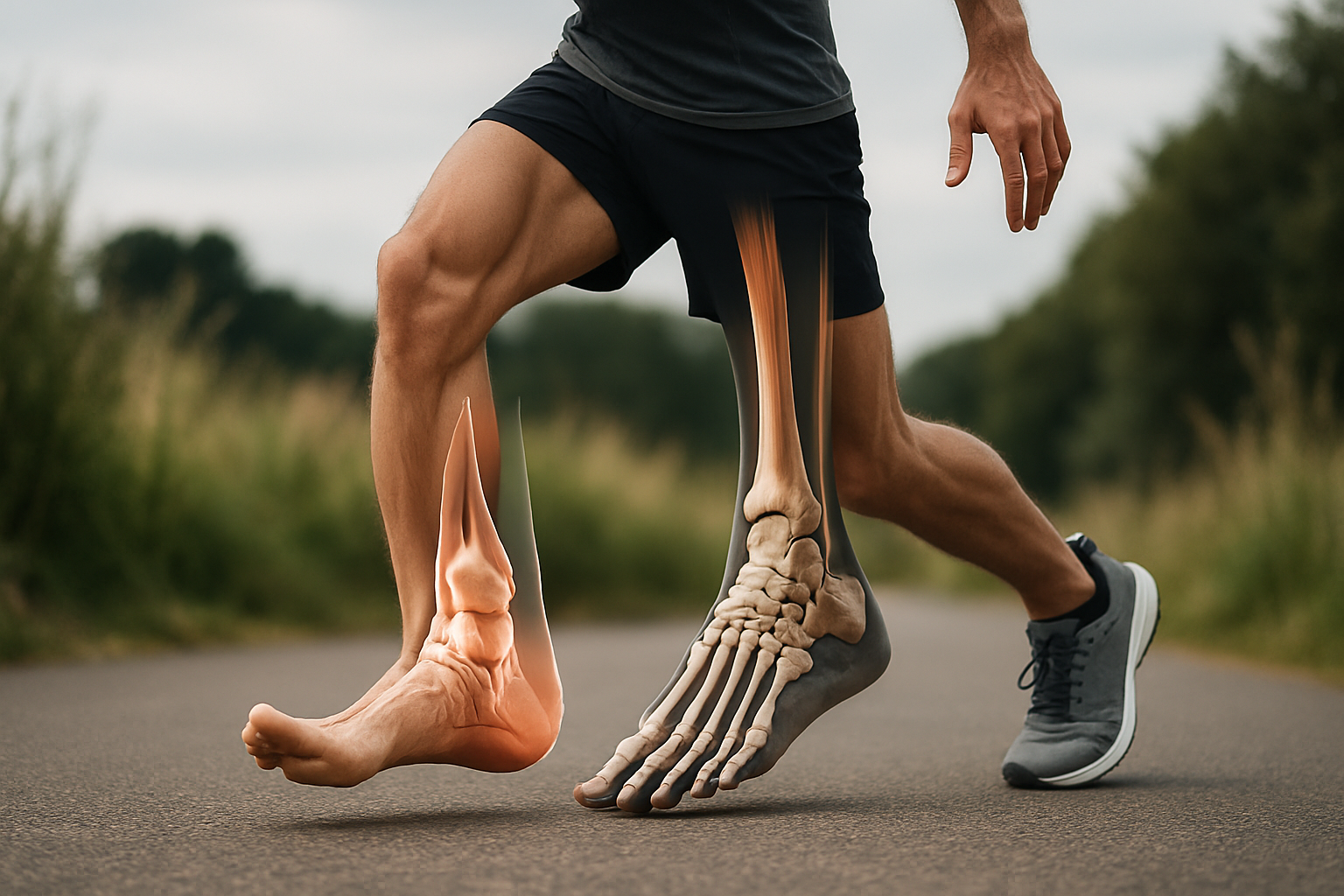Unlocking the Potential of Mindful Movement: A Comprehensive Guide to Body and Mind Unison
Can you recall a time when you were so immersed in an activity that everything else around you seemed to fade away? You were present, focused, and completely aware of your movements. This state of being is what we often refer to as being "in the zone" or "in the flow". But have you ever wondered how this state impacts your health and wellness? Welcome to the world of mindful movement.

A Brief History of Mindful Movement
Mindful movement, a practice that combines physical activity with mindfulness, has roots in ancient Eastern disciplines like yoga, Tai Chi, and Qigong. Central to these practices is the concept of being fully present in one’s physical movements, enhancing mental clarity and emotional equilibrium.
In recent years, Western health experts have begun to recognize the health benefits of mindful movement. Practices such as Pilates, Feldenkrais, and even simple walking can all be performed mindfully. The integration of mindfulness and physical activity is now seen as a holistic approach to wellness that can promote physical health while also boosting mental and emotional well-being.
Current Trends and Research-Driven Insights
Today, the practice of mindful movement is gaining global popularity as a holistic health strategy. More than just a fitness trend, it is being recognized as a powerful tool for stress management, mental health, and physical well-being.
Current research suggests that mindful movement can reduce anxiety, improve mood, enhance quality of life, and even contribute to the management of chronic conditions like heart disease and fibromyalgia. From healthcare professionals to wellness coaches, experts are now incorporating mindful movement into their strategies to promote overall health and well-being.
Unpacking the Benefits and Challenges
Mindful movement offers a myriad of health benefits. It fosters a stronger mind-body connection, improves physical fitness, enhances mental health, and promotes emotional well-being. However, like any practice, it also comes with its set of challenges.
One of the key challenges is maintaining consistent practice. Mindful movement requires regular practice and a certain level of commitment. Additionally, while the concept of mindfulness is simple, mastering it can be difficult. However, with patience and dedication, the benefits far outweigh these challenges.
5 Fascinating Facts About Mindful Movement
- Mindful movement can enhance cognitive function. Studies have shown that it can boost memory, attention span, and even creativity.
- It’s not just about slow movement. While practices like yoga and Tai Chi are often slow and deliberate, mindful movement can also include more vigorous activities like dancing or playing sports.
- Mindful movement can boost emotional resilience. By being present in your physical activities, you can learn to better handle stress and manage your emotions.
- It’s suitable for all ages. Whether you’re a young adult or in your senior years, mindful movement can be tailored to your fitness level and capabilities.
- Mindful movement can improve your relationship with your body. By focusing on how your body feels and moves, you can develop a deeper appreciation for it.
Closing Thoughts
In our busy, fast-paced world, mindful movement offers a holistic approach to wellness. By combining physical activity with mindfulness, we can enhance our physical health while also boosting our mental and emotional well-being. Whether it’s through yoga, Pilates, or simply taking a mindful walk, let’s move towards a healthier, more mindful future.




